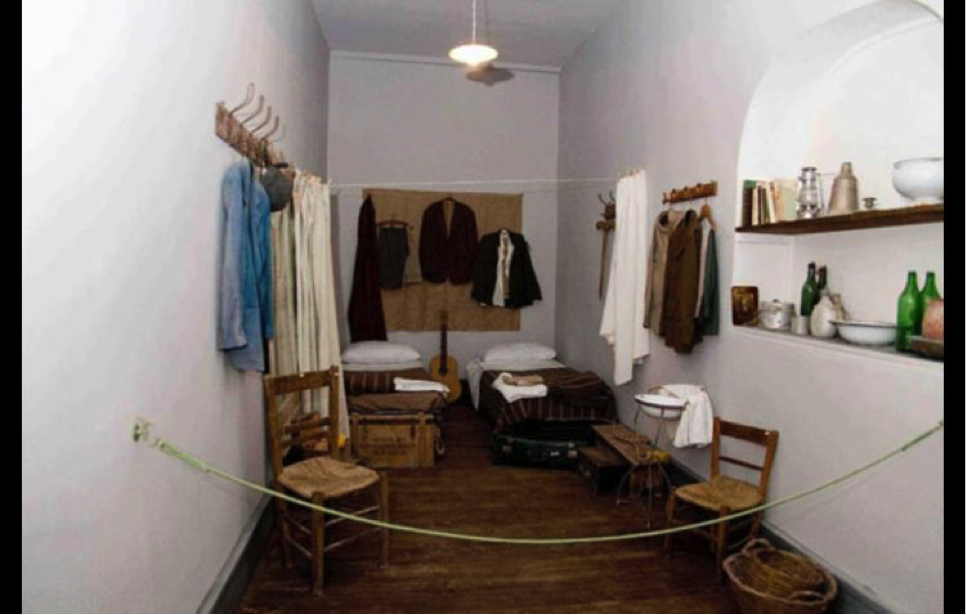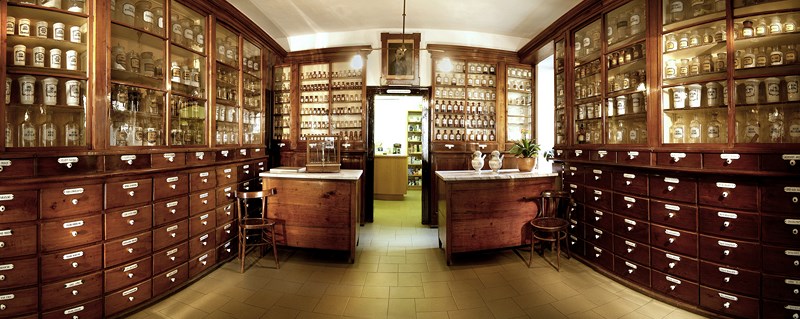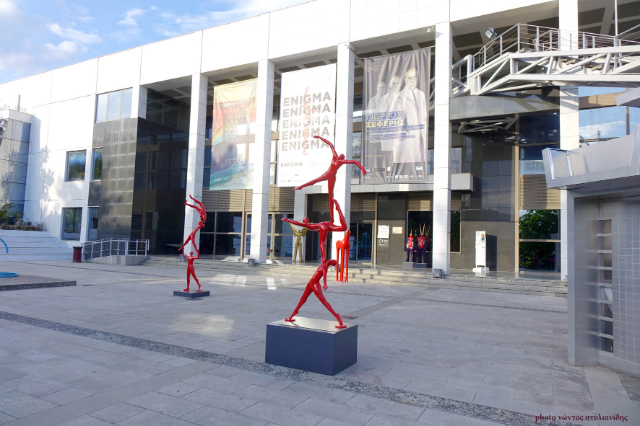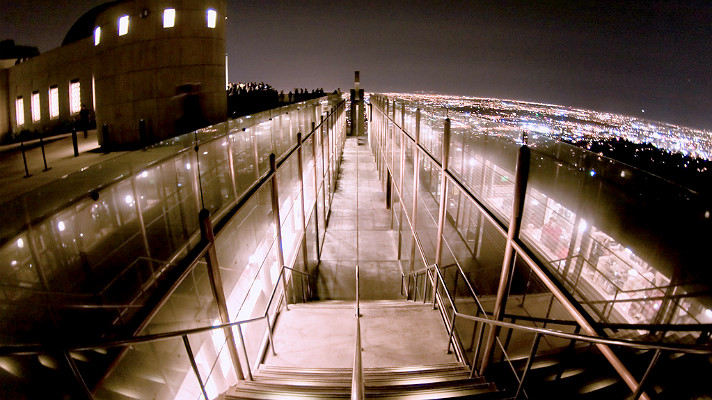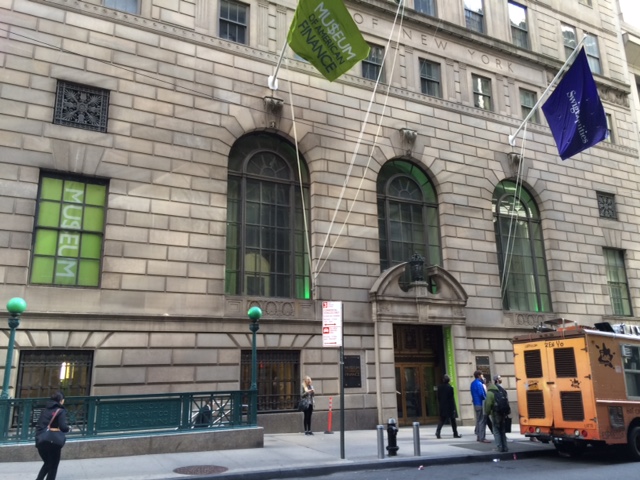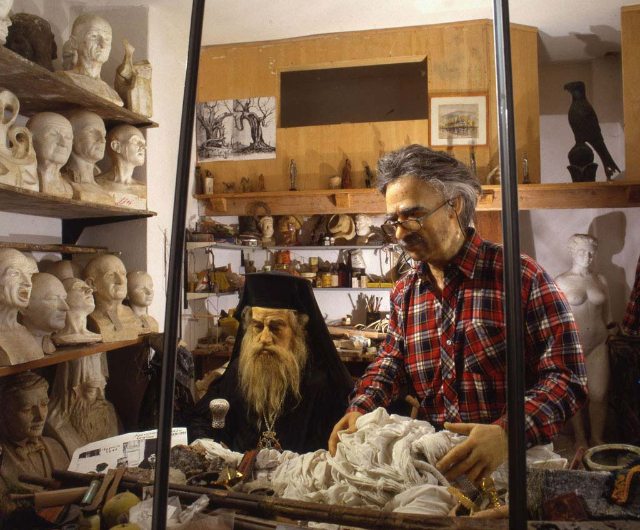It is a regional museum, established in 2008 to remember the sad events linked to Campagna, a town in the province of Salerno, during the Second World War.
In that historical context, dominated by racial laws, two internment centres for Jews and political prisoners were established in Campagna.
Giovanni Palatucci, an official of the Police Headquarters of Fiume, in agreement with his uncle H.E. the Bishop of Campagna, Giuseppe Palatucci, managed to save several Jews from death by having them interned in Campagna.
Discovered by the Nazis, he was arrested and transferred to the extermination camp of Dachau.
Gold Medal for Civil Merit by the President of the Republic, he is in the process of being beatified by the Catholic Church.
In his honour the Museum was established, which stands as a monument to peace and brotherhood.
The Museum with its permanent exhibition does not only live on the itineraries of the memory of that dark period of Italy in the 40s.
It is essentially a place of exhortation to peace in the memory of the solidarity reserved by the entire Community of Campagna for the many refugees who were saved from the places of extermination.
The photo gallery traces the living conditions of the Jews in the ghettos and in the lager, the correspondence between Giovanni Palatucci and Uncle Bishop, in addition to numerous scenes of town life.
Particularly noteworthy are the Memorial Room, which traces the history of the Jews who arrived at the concentration camp between June 1940 and September 8, 1943, and the Name Room, which reconstructs the names, surnames, dates of birth, paternity and nationality of the Jews interned at the S. Bartolomeo Camp.
Particularly evocative is the Hall of the Shoah, which shows on summary boards excerpts from the diary of Anne Frank, an indication of the places of the Shoah and the high number of exterminations.
